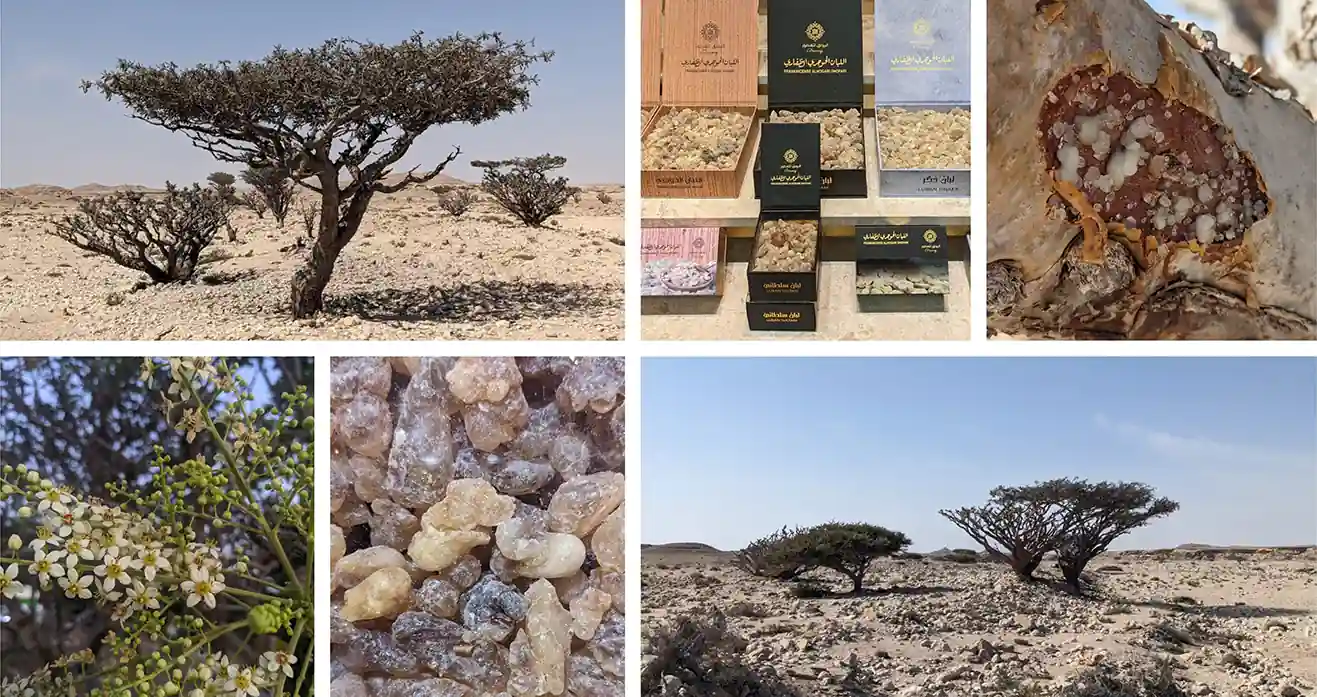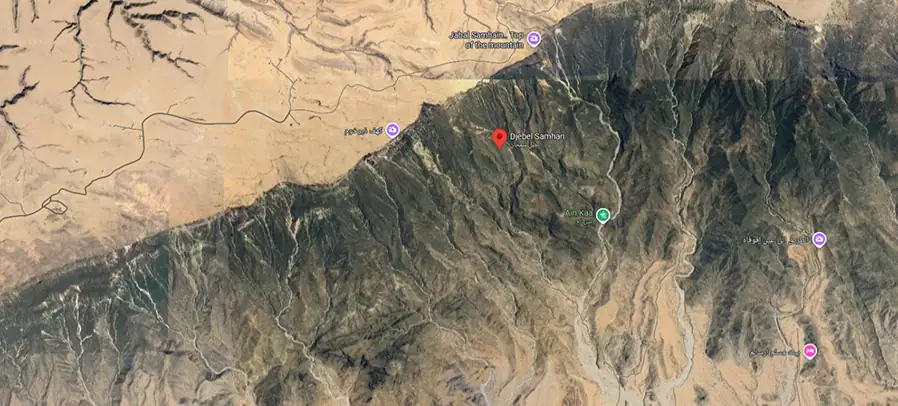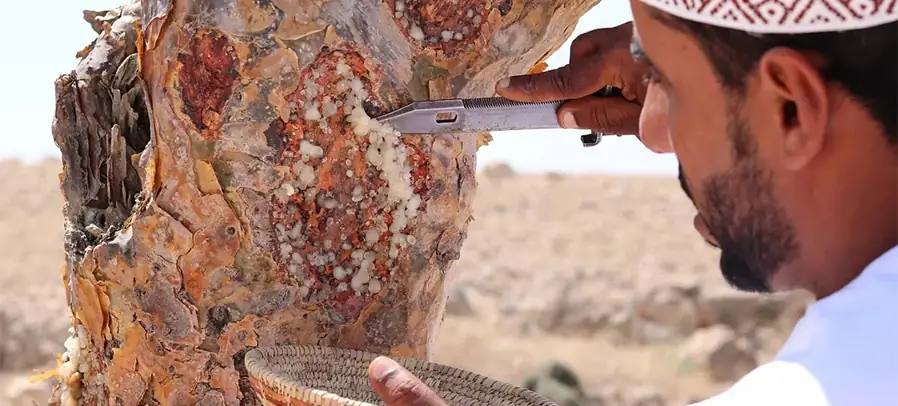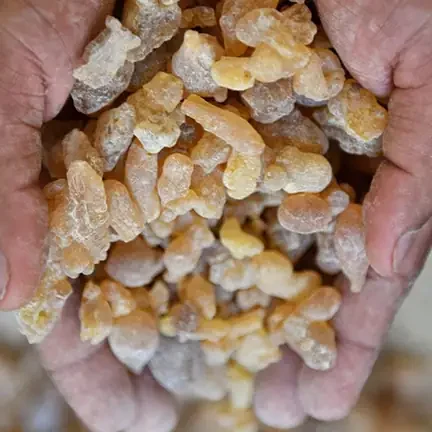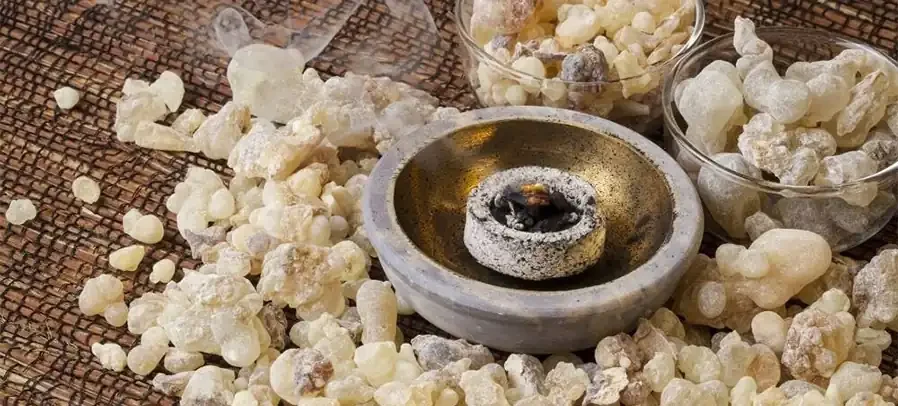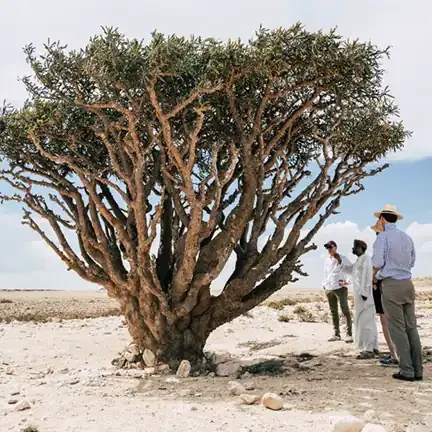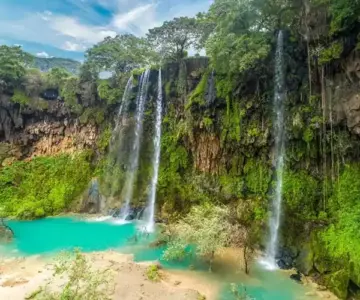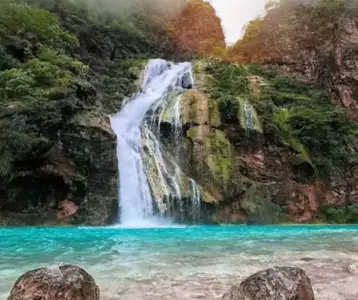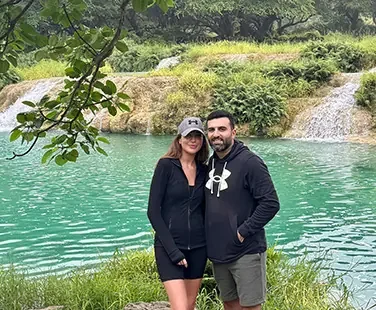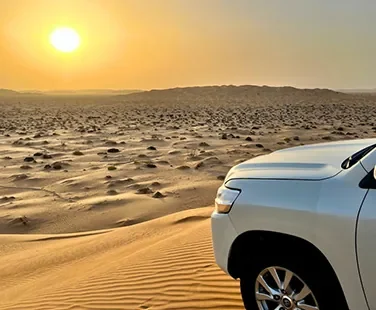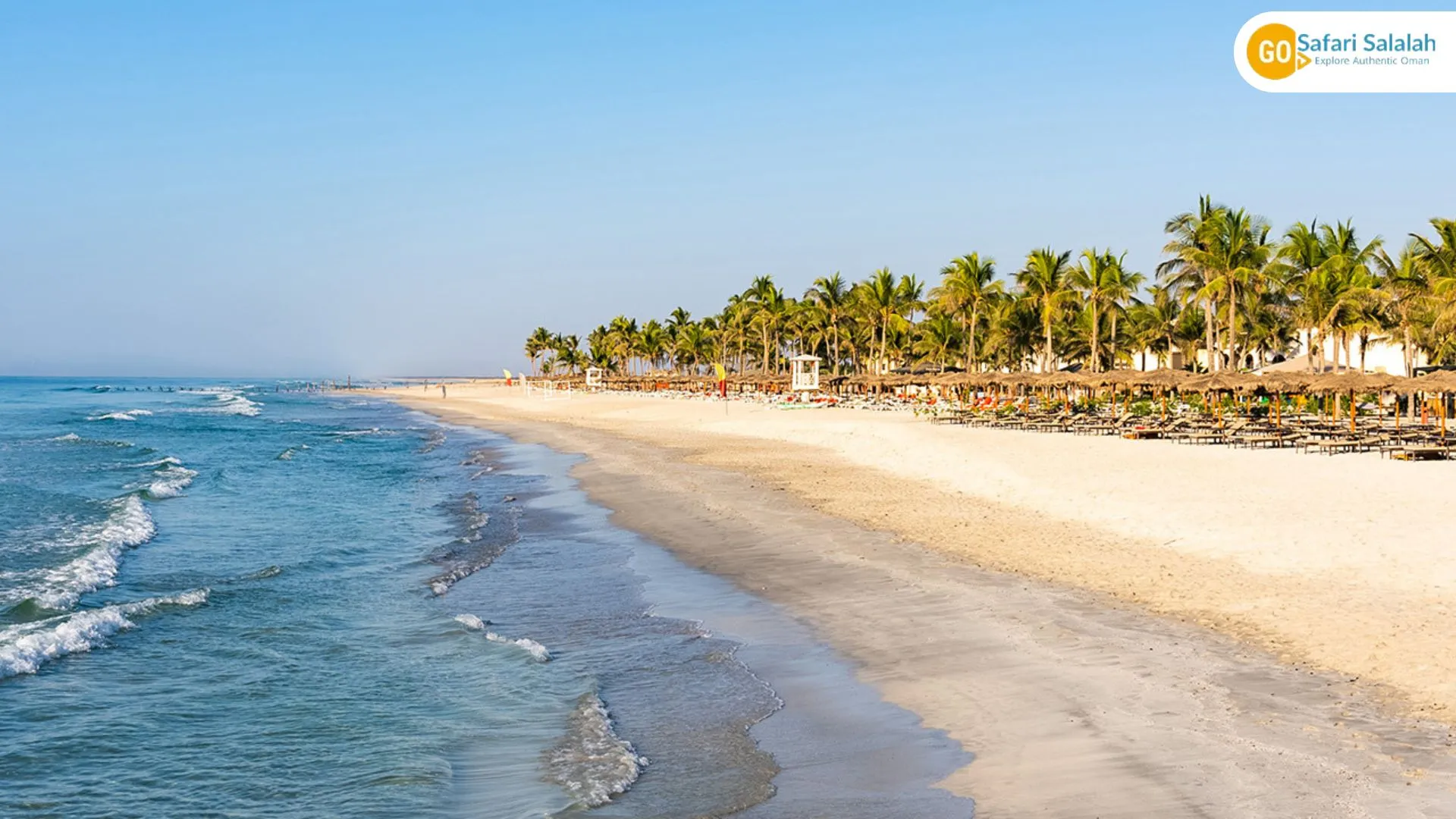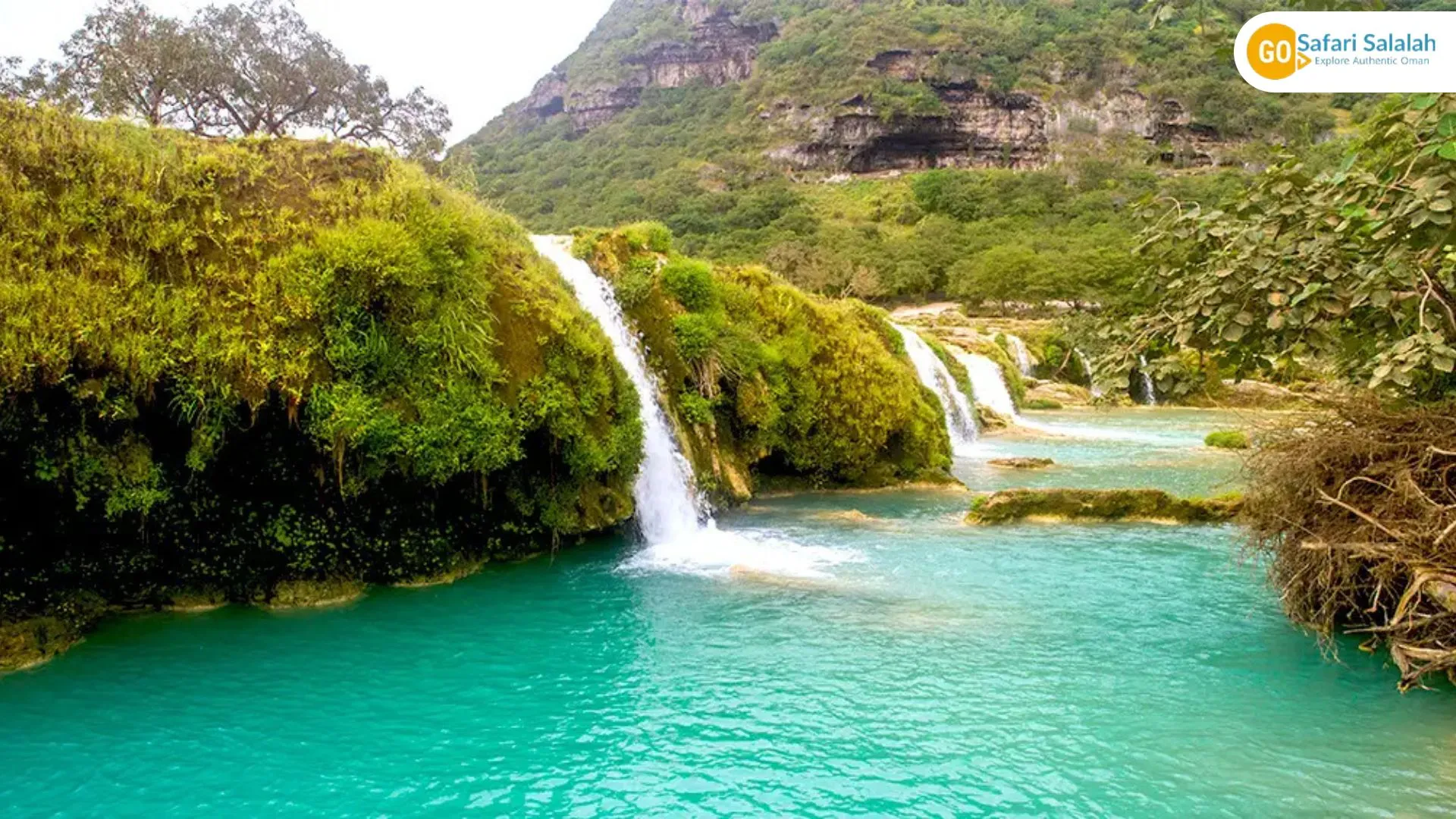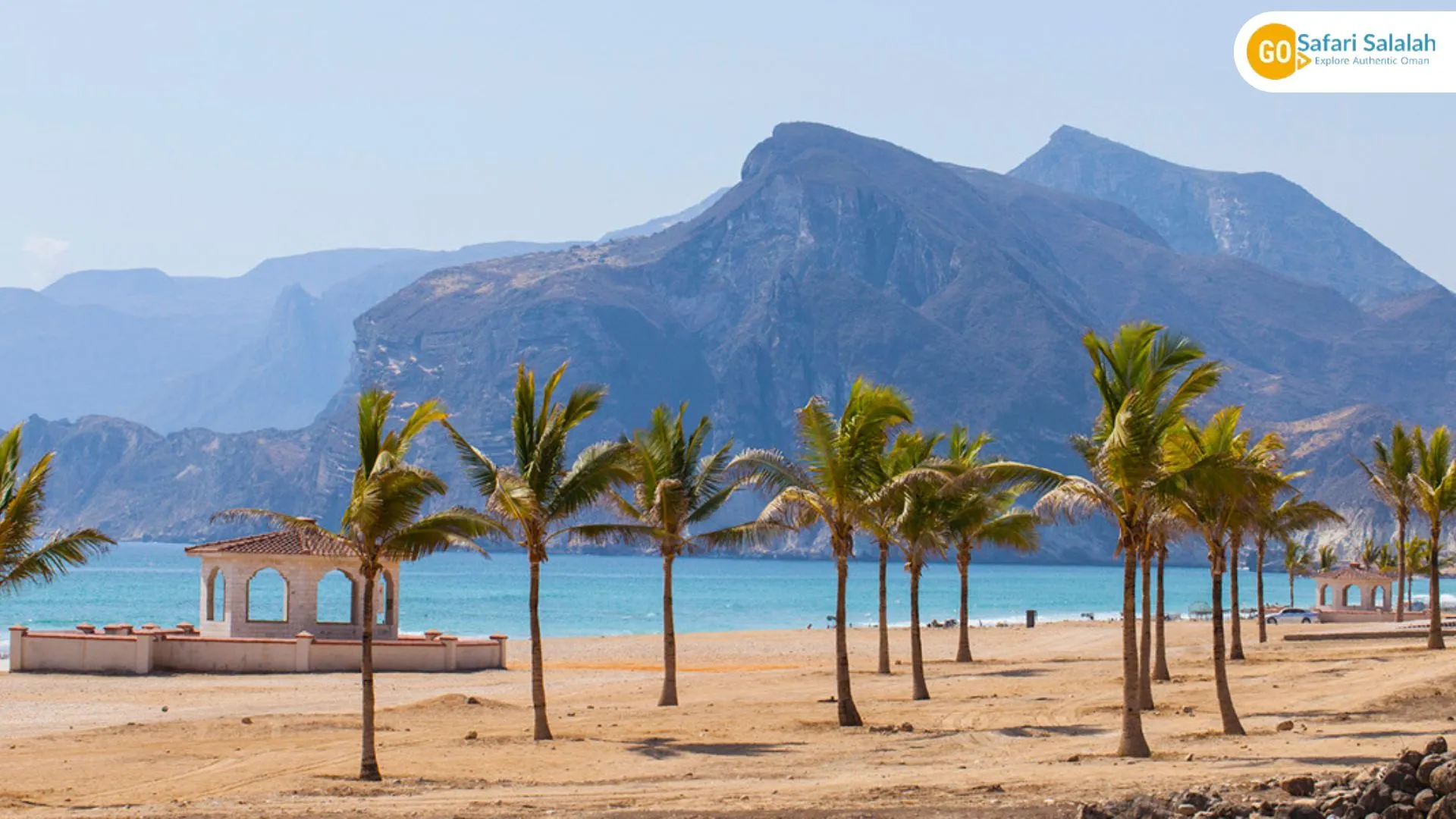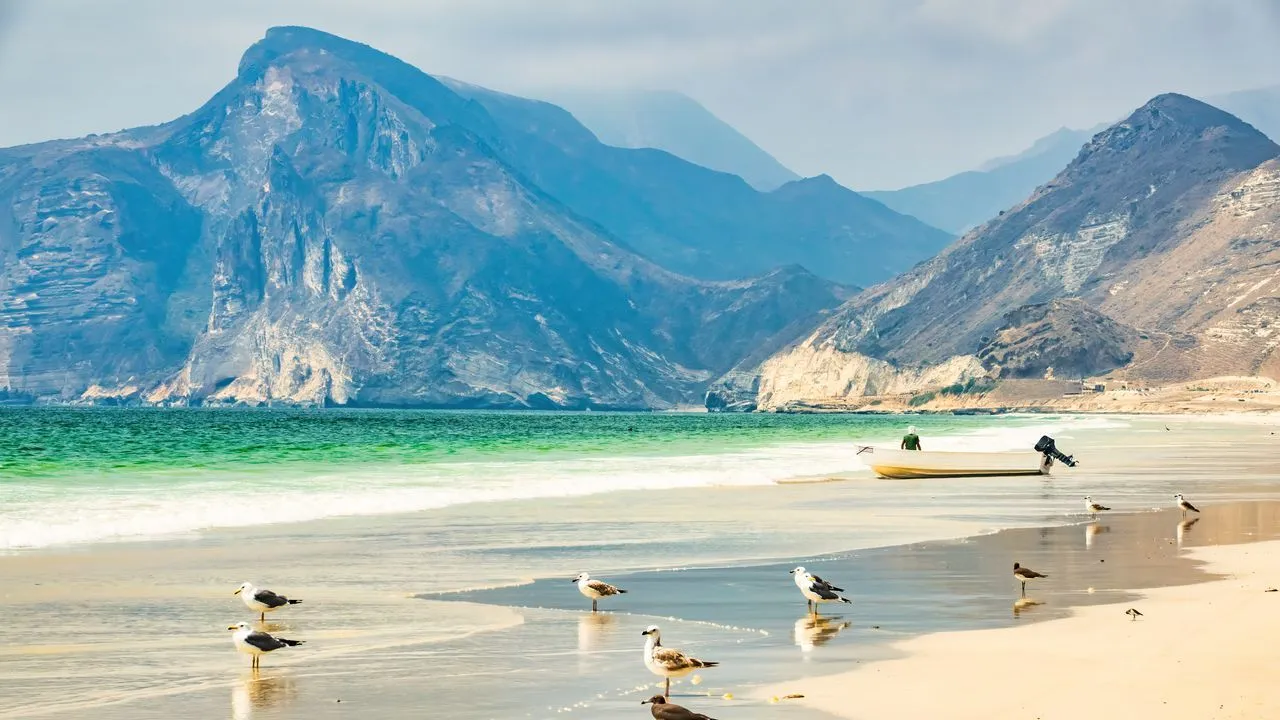Dhofar Frankincense Trees: Where the Story Begins
In southern Oman, the rugged mountains of Dhofar provide the perfect environment for the Boswellia sacra tree. These iconic frankincense trees produce the precious resin that once powered global trade. Visitors on Salalah tours can witness these ancient trees in their natural habitat and learn how the resin is carefully harvested.
Frankincense Trail in Oman: A UNESCO Heritage Journey
For over 5,000 years, frankincense was Oman’s gift to the world. Ancient civilizations – from Egypt and Rome to India – valued it for religious rituals, medicine, and luxury perfumes. Today, travelers can walk the Frankincense Trail in Oman, a UNESCO World Heritage Site, and visit archaeological ruins, caravan routes, and ancient ports that reveal the global importance of frankincense.
Frankincense in Oman Life and Culture
Frankincense in Oman is more than history – it is part of daily living.
Religious and cultural rituals:
Families burn frankincense to purify homes and welcome guests
Healing and wellness:
It is used in traditional remedies, teas, and natural therapies
Luxury perfumes and cosmetics:
Frankincense remains a key ingredient in Omani fragrances sold across Salalah markets.
Customize your Trip With Go Safari Salalah
Are our Salalah City Tour places not fulfilling enough? Contact us and tailor a city tour to your aspirations and desires.
Frankincense and the Omani Economy
Even today, frankincense supports local communities. Harvesters in Dhofar pass down their knowledge from generation to generation, while traders sell the resin in souqs and international markets. This makes frankincense not only a cultural treasure but also a living economy for Oman.
Salalah Tours: Explore the Land of Frankincense
Sustainable tourism in Oman to preserve frankincense
Oman is dedicated to protecting its frankincense trees in Dhofar through eco-friendly harvesting and conservation projects. This ensures that frankincense will continue to enrich Omani culture and attract travelers for generations.

